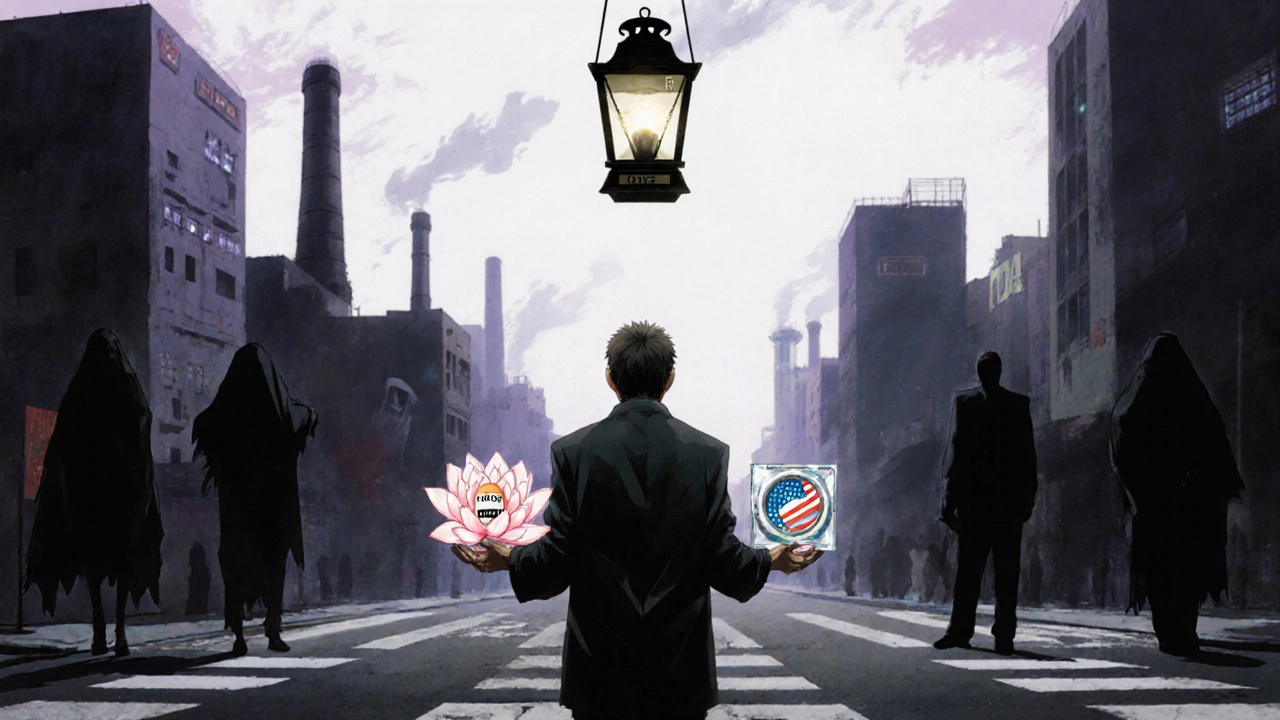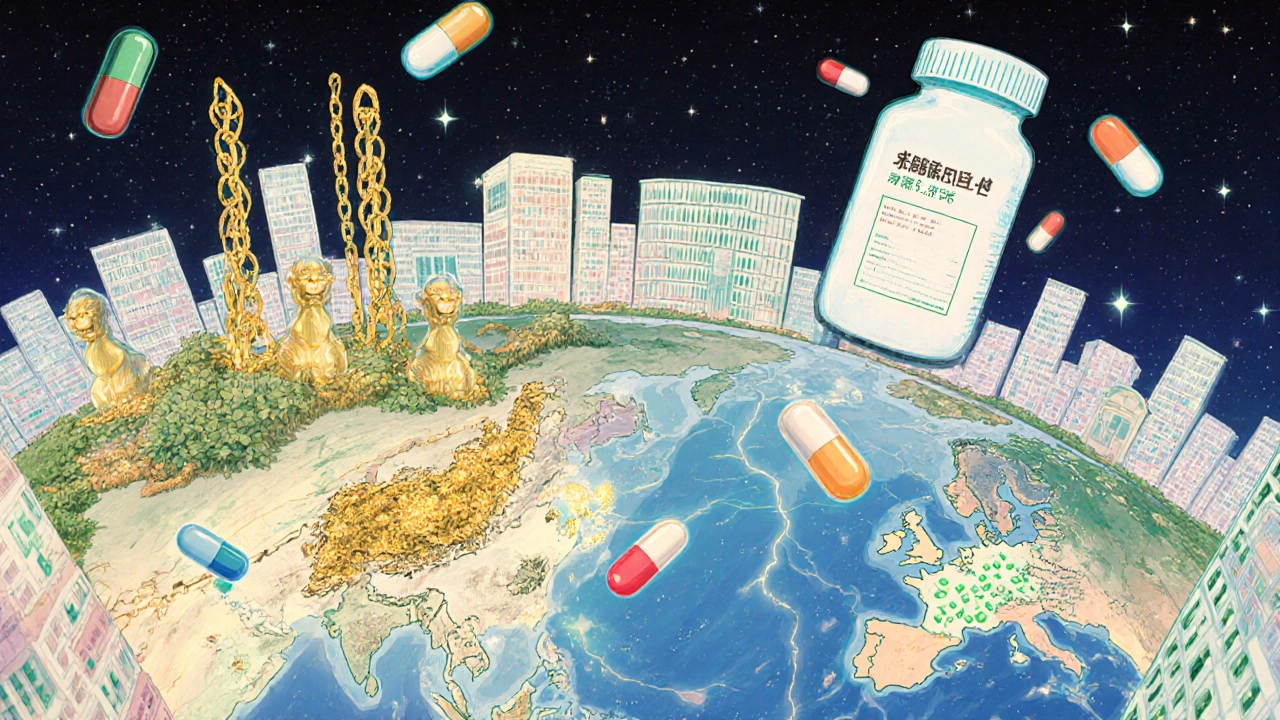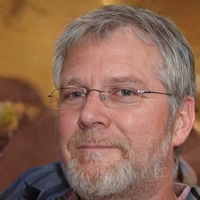Have you ever wondered why a pill you take every day costs $5 in India, $20 in Germany, and $150 in the United States-even though it’s the exact same medicine? It’s not a trick. It’s the reality of the global generic drug market. Generic drugs are supposed to be cheaper versions of brand-name medications, offering the same active ingredients, same effects, and same safety. But across the world, their availability, price, and even quality can vary wildly. This isn’t just about money. It’s about access, trust, and how different countries run their healthcare systems.
What Exactly Is a Generic Drug?
A generic drug is a copy of a brand-name medicine that becomes available after the original patent expires. It must contain the same active ingredient, dosage form, strength, and route of administration. In theory, it should work the same way. But in practice, things get messy. Regulatory agencies like the U.S. FDA and the European EMA require generics to prove they’re bioequivalent-meaning they deliver the same amount of drug into the bloodstream within a narrow range (80-125% of the brand). But even that standard isn’t applied the same way everywhere.
Some countries require additional testing. Others rely on foreign approvals. And in places with weaker oversight, quality control can slip through the cracks. A 2023 study from Ohio State University found that generic drugs made in India were linked to 54% more severe side effects-including hospitalizations and deaths-compared to identical drugs made in the U.S. That doesn’t mean all Indian-made generics are unsafe. But it does show how manufacturing conditions, inspection practices, and cost pressures can affect outcomes.
Why Do Some Countries Have More Generics Than Others?
It’s not about how many drugs are available-it’s about how many people actually use them. In the United Kingdom, 83% of prescriptions are filled with generics. In Switzerland, it’s just 17%. Why such a gap?
It comes down to policy. The UK has mandatory generic substitution laws: pharmacists can swap a brand-name drug for a generic unless the doctor says no. Germany and the Netherlands have similar rules. In Switzerland and Italy, doctors and patients still prefer the original brand. Why? Because of habit, trust, or reimbursement rules that pay more for brand-name drugs.
The U.S. has the highest volume of generic prescriptions-over 90%-but it’s not because of policy alone. It’s because the system rewards volume. Once a patent expires, dozens of manufacturers rush in. But here’s the twist: even with all that competition, U.S. prices for generics are still 2.78 times higher than in other rich countries. How? Because the market doesn’t always work like it should. When only one or two companies make a drug, they can raise prices. When a company stops making a cheap version, shortages happen. In 2023, the FDA recorded 147 generic drug shortages, mostly because manufacturers couldn’t make enough profit.
Who Makes the World’s Generics-and Where?
India is the pharmacy of the world. It produces about 20% of all generic drugs globally and supplies 40% of the generics used in the U.S. India has over 750 FDA-approved manufacturing sites. China is catching up fast-its number of FDA-approved plants jumped from 12 in 2010 to 187 in 2023. But quality concerns linger. The FDA inspects foreign plants, but often gives advance notice. That means companies can clean up before inspectors arrive. In the U.S., inspections are unannounced. That difference matters.
Even within India, quality varies. Some manufacturers follow strict standards. Others cut corners to keep prices low. Patients in the U.S. report switching from one generic to another and noticing different side effects-like fatigue, nausea, or changes in blood pressure. That’s not just placebo. It can be differences in inactive ingredients, manufacturing processes, or even the purity of the active drug.

Price Differences Are Wild-Here’s Why
For the same generic drug-say, metformin for diabetes-you might pay:
- $2 for a 30-day supply in India
- $10 in Germany
- $25 in the UK
- $150 in the U.S.
That’s a 75-fold difference. Why? Because pricing isn’t based on cost. It’s based on negotiation, regulation, and market power.
In Europe, governments negotiate bulk prices. In the U.S., there’s no central negotiation. Pharmacies and insurers pay what manufacturers charge. And because there’s no price cap, companies can charge more-even for drugs made decades ago. A 2022 study found that U.S. prices for all drugs (brands and generics) were nearly three times higher than in other OECD countries.
Meanwhile, countries like Switzerland and France keep brand-name drugs expensive because they reimburse them at higher rates. That discourages doctors from switching to generics-even when they’re just as effective.
Supply Chains Are Fragile-and Global
During the pandemic, India temporarily stopped exporting 26 key active ingredients. That caused shortages in 22 countries. Antibiotics, blood pressure meds, antifungals-all suddenly hard to find. Why? Because so many countries rely on just one or two suppliers.
That’s the risk of globalization. If a single factory in India or China has a quality issue, it can ripple across the world. The FDA’s Drug Shortage Program found that 68% of generic shortages in 2023 came from manufacturing problems at single-source facilities. That’s not competition-it’s fragility.
And when a drug becomes scarce, prices spike. One company might control 80% of the market for a cheap generic. When they raise prices, patients have no choice. That’s happened with drugs like insulin, doxycycline, and levothyroxine.

What’s Changing-and What’s Not
Some countries are trying to fix this. The European Union wants 80% generic use by 2030. The U.S. Inflation Reduction Act now speeds up FDA reviews for generics by 30% and gives the agency more money to inspect foreign factories. The WHO is pushing for global quality standards so no country gets stuck with unsafe drugs.
But big problems remain. Patents are being stretched through tiny changes-like switching from a tablet to a capsule. That delays generics for years. And biosimilars (generic versions of complex biologic drugs) are coming, but they’re expensive to make and hard to approve. They’ll save money, but slowly.
AI might help. By 2030, machine learning could cut generic development time from five years to two. That could bring down prices faster. But only if regulators keep up.
What This Means for You
If you’re taking a generic drug, here’s what you need to know:
- Don’t assume all generics are the same. If you switch brands and feel different, tell your doctor.
- Prices vary by country. Some patients buy from Canadian or Indian online pharmacies to save money-but watch for fake or low-quality products.
- Shortages happen. Ask your pharmacist if your drug has been switched to a new maker.
- Generic doesn’t mean inferior-but it can mean different. Your body might react to new fillers or coatings.
And if you’re traveling, bring your medication with you. A generic you take in the U.S. might not be available-or might be a different version-abroad. A 2023 report from the American Medical Association noted patients getting sick after filling prescriptions overseas because the salt form or inactive ingredients changed.
The Bigger Picture
Generic drugs were meant to make healthcare affordable. And in many places, they have. But the system is broken in others. High prices in rich countries, low quality in some producing nations, and fragile supply chains mean the promise of equal access isn’t being kept.
It’s not just about drugs. It’s about power-who controls production, who sets prices, and who gets left behind when a factory shuts down or a regulator looks away. The world needs better coordination, stronger oversight, and fairer pricing. Until then, the same pill can mean life or death depending on where you live.
Why are generic drugs cheaper if they’re the same as brand-name drugs?
Generic drugs are cheaper because they don’t need to repeat expensive clinical trials. The original brand paid millions to prove safety and effectiveness. Generic makers only need to prove their version works the same way in the body. They also avoid marketing costs. But that doesn’t mean they’re low quality-if they’re made under strict standards.
Are generic drugs made in India safe?
Many are. India produces nearly half of all U.S. generics, and most meet FDA standards. But not all factories follow the same rules. A 2023 study linked Indian-made generics to higher rates of severe side effects, especially for older drugs where profit margins are thin. The FDA inspects some plants, but often gives notice. Unannounced inspections-like those done in the U.S.-catch more problems.
Why does the U.S. have high generic usage but high drug prices?
The U.S. has more generic manufacturers than any other country-66% of off-patent drugs have two or more makers. But there’s no price control. When competition drops-even for one drug-prices can jump. A single company controlling 80% of a generic can raise prices by 1,000%. That’s why U.S. drug prices are nearly three times higher than in other rich countries, even though most prescriptions are generics.
Can I save money by buying generics from other countries?
Yes, sometimes. Many U.S. patients buy from Canadian or Indian online pharmacies and save 60-80%. But there’s risk. Not all foreign pharmacies are legitimate. Some sell counterfeit or substandard drugs. Only use verified sites like PharmacyChecker.com. And check with your doctor-different formulations can cause side effects you didn’t have before.
Why do some doctors refuse to prescribe generics?
In countries like Switzerland and Italy, doctors often prescribe brand-name drugs because patients expect them, or because reimbursement rules pay more for brands. In the U.S., some doctors worry about quality differences or patient complaints after switching. Others just stick with what they know. But studies show generics work just as well-when they’re made properly.
What’s being done to fix global generic drug problems?
The WHO is pushing for global quality benchmarks. The U.S. is speeding up FDA reviews and funding more inspections. The EU wants all member states to reach 80% generic use by 2030. But progress is slow. Regulatory systems are still fragmented. One country’s approval doesn’t mean another will accept it. Until countries align standards, price gaps and safety risks will stay.


